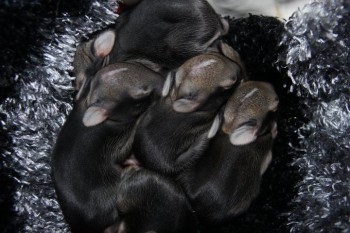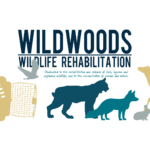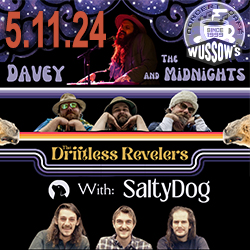Baby cottontail rabbits at Wildwoods
We got seven baby cottontails from two different places in Proctor today.
Bunnies are one of the most challenging animals we deal with; they’re very hard to raise. They don’t suck well from artificial nipples, so we tube feed them with neonatal feeding tubes. They require a special milk replacer, and have very fragile digestive systems. If people feed bunnies cow’s milk, they’re usually doomed.
Remember, cow’s milk is for cows (and humans from northern Europe who’ve adapted to it over many generations). Other creatures don’t handle it well.
Look for Wildwoods staff at HarvestFest in a few weeks, and visit us on the web at http://www.facebook.com/wildwoodsrehab
Our unofficial mascot, Delilah, is on the web at facebook.com/delilahthesquirrel.
Recommended Links:
Leave a Comment
Only registered members can post a comment , Login / Register Here














12 Comments
newmanie
about 13 years ago[email protected]
about 13 years agowildreed
about 13 years agoPeg
about 13 years agoBrent Eagleburger
about 13 years agoFred
about 13 years ago[email protected]
about 13 years agoPeg
about 13 years agomatilda
about 13 years agonewmanie
about 13 years agoDavid Beard
about 13 years agoPeg
about 13 years ago